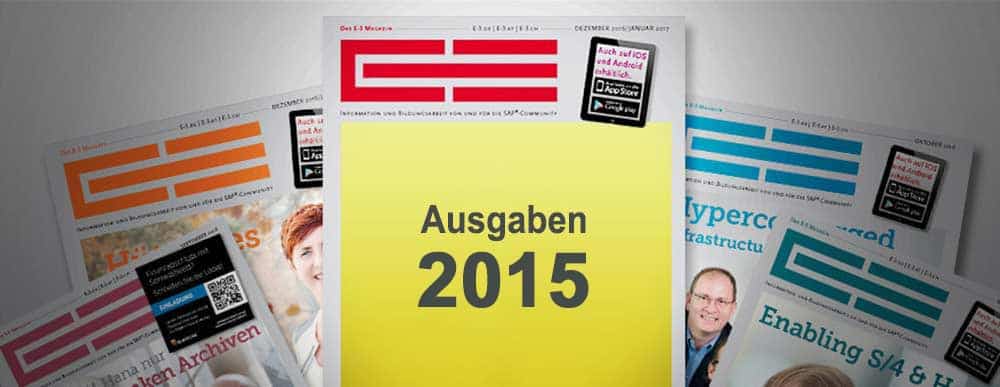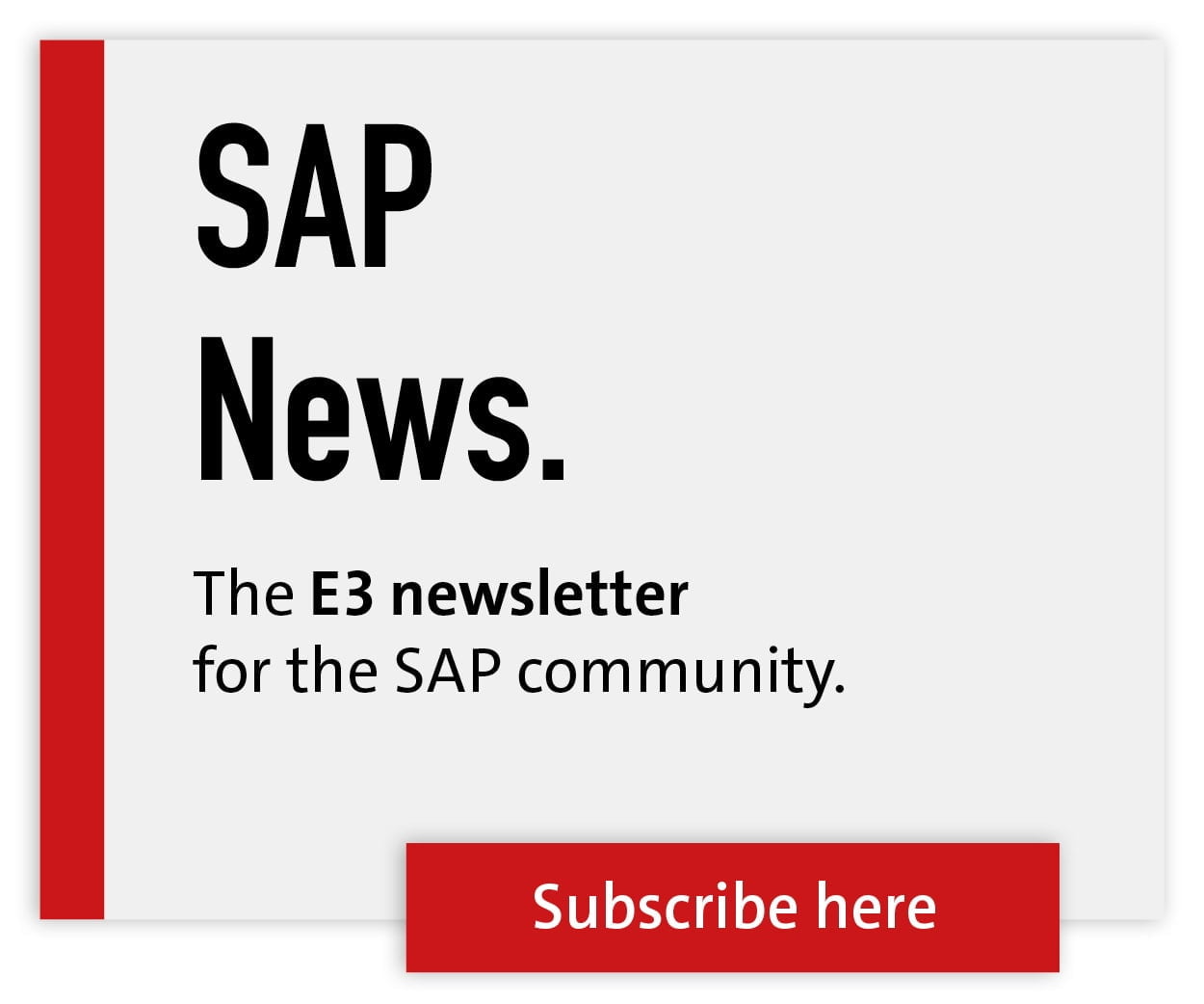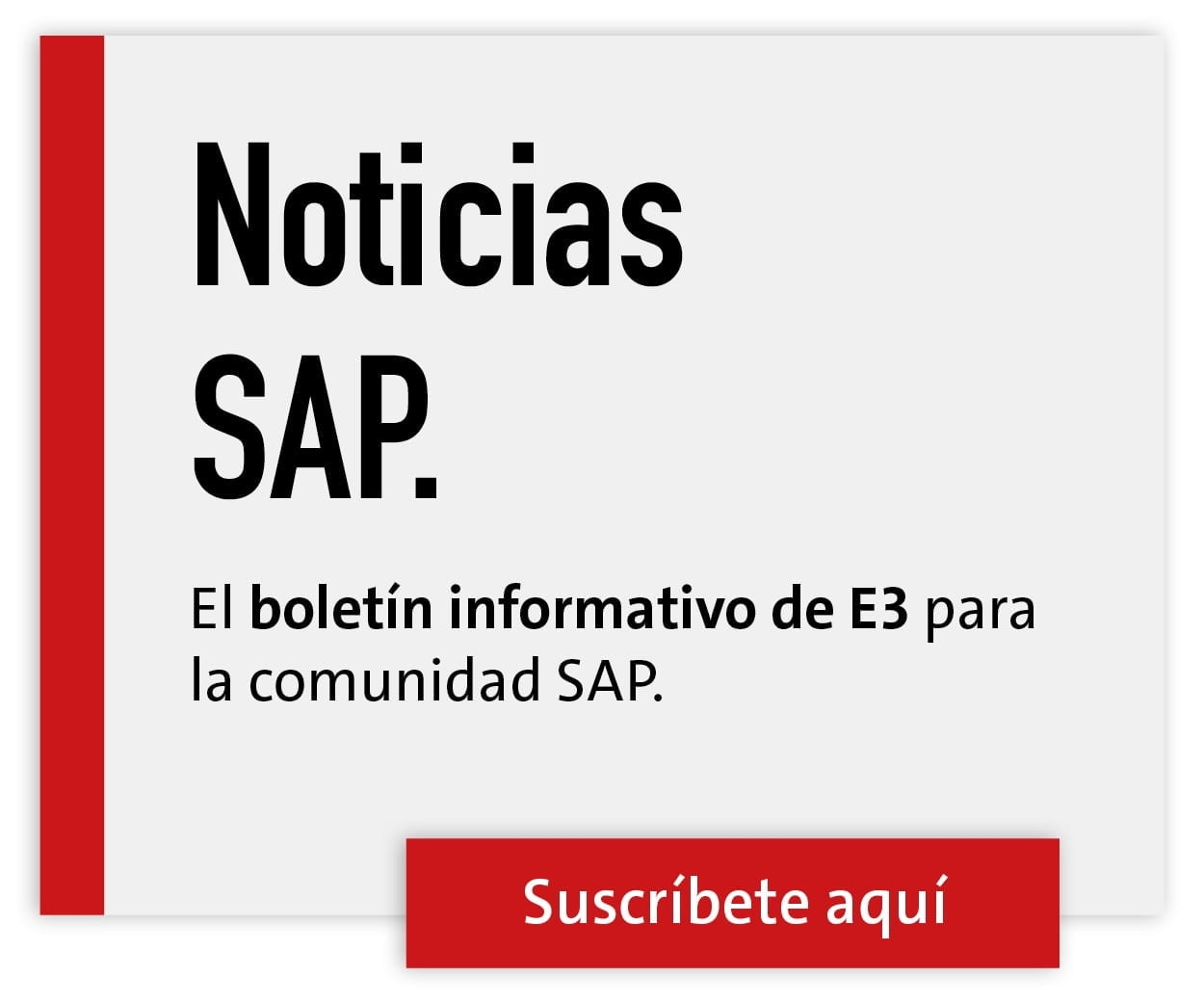The add-on & Z tax


There has been rumbling in the SAP community for a good year now: Walldorf wants to open up another sustainable source of revenue with the topic of "indirect use". This approach is well known: when money runs out, the answer is a new tax.
This time, SAP has adopted this approach and is now trying to collect additional licenses from existing customers for indirect use. This can be expensive.
DSAG's license working group asked its members about the perceived risk: in a highly regarded survey conducted by SecurIntegration, it was stated that most companies are not yet aware of the financial risk arising from the change to the PKL.
Over the past decades, SAP has repeatedly succeeded in positioning itself as a partner to its customers. SAP's willingness to negotiate individual terms and conditions based on the customer's needs and possibilities has been a hallmark of the company.
However, this behavior has changed with the change in the "rules of the game" in 2014. Although this does not yet apply to all key account managers, it does apply to some, as this DSAG/SecurIntegration study shows.
Ultimately, SAP has reached the same point in the highly competitive IT market as all other major software manufacturers: Once a certain level of market saturation has been reached, sales increases can almost only be realized through existing customers.
If SAP now questions the measurement results and audits them itself (or possibly commissions third-party companies to do so in the future), demands subsequent licensing or even sues for it, the assessment of SAP customers will also change. After all, vendor dependency in itself represents a certain risk.
It is important for companies to recognize, evaluate and minimize these risks as far as possible. Since 2014, SAP has been pointing out to selected customers that the NetWeaver Foundation for 3rd Party (NWF 3rd Party) product requires a license. This means that in-house developments and third-party solutions that use NetWeaver technology require a license.
Indirect use is a sword of Damocles hanging over existing SAP customers and partners. How can the problem be solved - legally, organizationally, in terms of licensing? What assistance can SecurIntegration offer here? E-3 Magazine asked Guido Schneider from SecurIntegration:
"First of all, you need to know that the problem is not new - even if the descriptions in the list of prices and conditions have changed from time to time.
We have been advising our customers on this topic for many years and have therefore noticed that SAP is demanding much more intensive relicensing for indirect use this year.
These relicensing processes present SAP customers with an incalculable financial risk. At Secur Integration, we help our customers to make this risk more calculable and minimize it.
As SAP customers have purchased SAP and third-party products at different times and therefore on different terms, it must be examined on a case-by-case basis whether or not there is indirect use per application (scenario).
To this end, we analyze the SAP contracts, use our software to examine SAP use with regard to indirect use and then have the situation legally assessed by our experienced lawyers.
We enter the SAP contract negotiations together with our customers with this transparent data. The aim is to find the best and mutually acceptable economic solution for our customers."
For many customers, the license obligation is not transparent and not comprehensible, argues the user association DSAG. SAP has known for years that third-party providers, who are also certified by SAP, offer their solutions on NetWeaver technology without this ever resulting in a license obligation.
If SAP was unable to offer a solution itself, SAP even recommended third-party providers. SAP has also been aware for years that its own developments based on NetWeaver technology are being used by customers. SAP was asked for a statement by the DSAG association.
A document that has not yet been made public has been handed over. The situation is tense and SAP is extremely nervous. At an event organized by the DSAG partner organization IA4SP (International Association for SAP Partners e. V.), Senior Vice President Sven Lange from SAP was able to answer questions from the SAP partners in attendance.
However, he also emphatically emphasized that all SAP employees are generally explicitly prohibited from commenting on the topic of indirect use.
It was not always like this: The E-3 archive contained an SAP PowerPoint presentation from 2004 in which the following facts were set out: Sequential, inbound and outbound interfaces to SAP software for the exchange of master data would be license-free, provided that all three of the following requirements are met together:
Firstly, no use of SAP software through interface programs, direct access methods or non-SAP software if this supports users or their dialog work steps, such as travel expense entry or order entry.
Secondly, licensing of all engines, industry solutions, add-on products and NetWeaver components used and defined by SAP. Thirdly, an annual review of the entire usage environment of the SAP systems. (End of quote)
This means that indirect use through Z modifications and SAP partner add-ons should be license-free if the NetWeaver platform engines and the named users in ECC 6.0 are properly licensed.
However, because SAP has changed the PKL and general terms and conditions several times since 2004 and many SAP sales representatives now barely have an overview themselves, there is a radical communication ban for the Walldorf-based company and a sword of Damocles hanging over existing customers.
When asked about the probability of occurrence of a financial risk in connection with possible SAP claims, 60 percent of the participants surveyed by SecurIntegration rated this as "possible" to "very likely" (see chart).
Against the background of the changes to the PKL on the subject of "indirect use", but also what the results of the previous questions reveal about the overall situation of SAP customers, it would make sense for companies to form a task force consisting of SAP license managers, compliance officers and risk managers to manage the further handling of this risk.
In the thematic environment of risk management, we talk about the introduction of a so-called early warning system - as has been in use at banks and insurance companies for decades. This is not just a matter of "indirect use"
but about software license risks in general and about dependencies on a single manufacturer.






